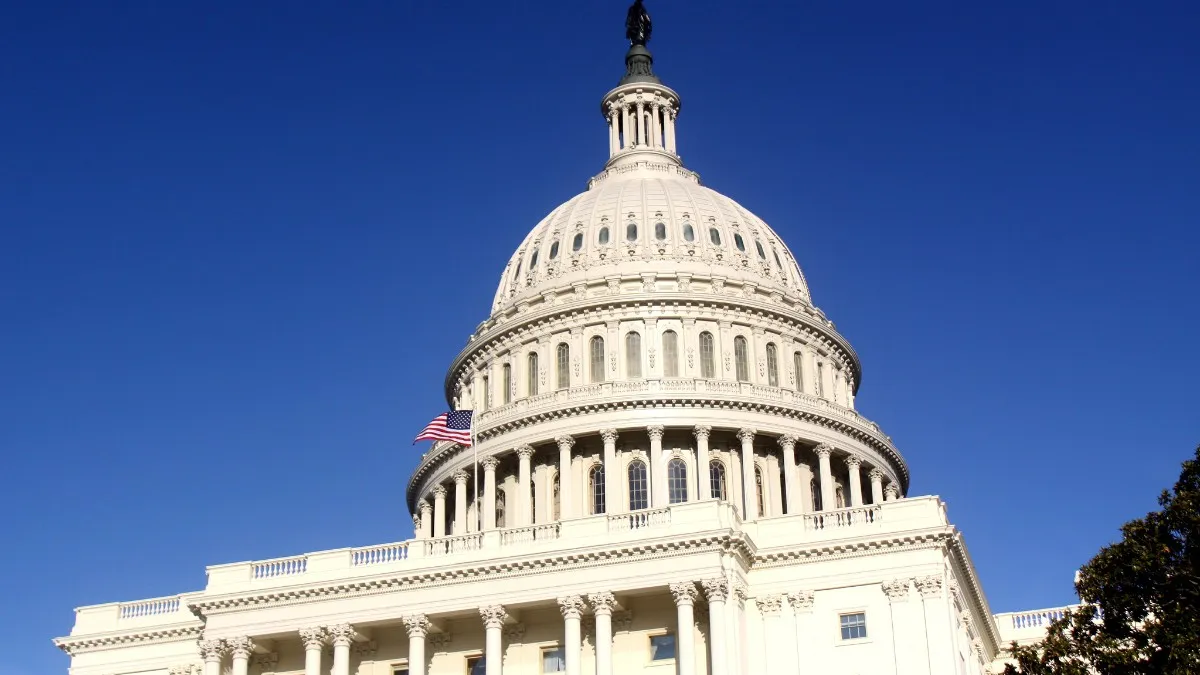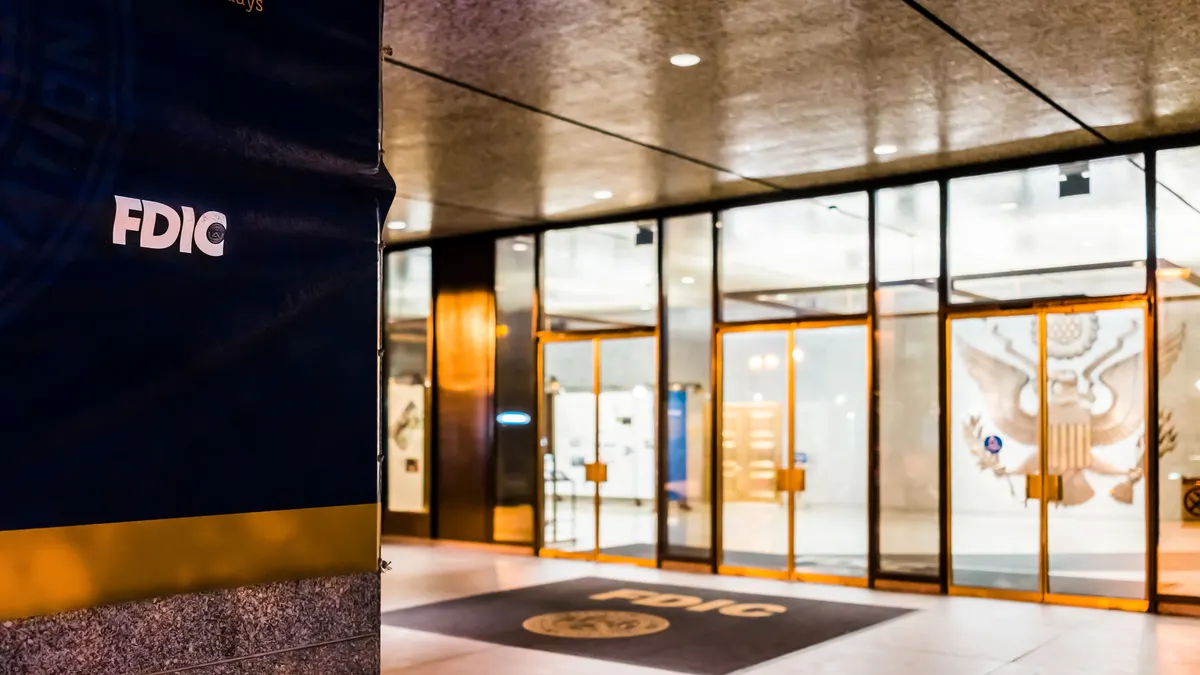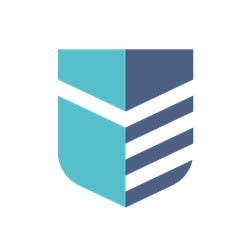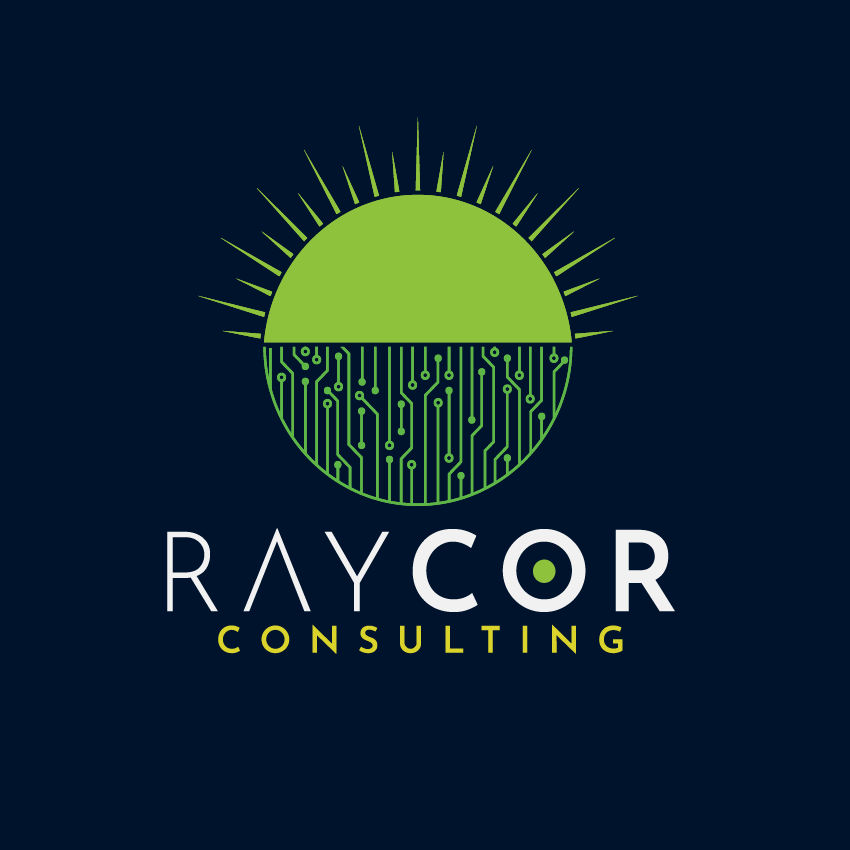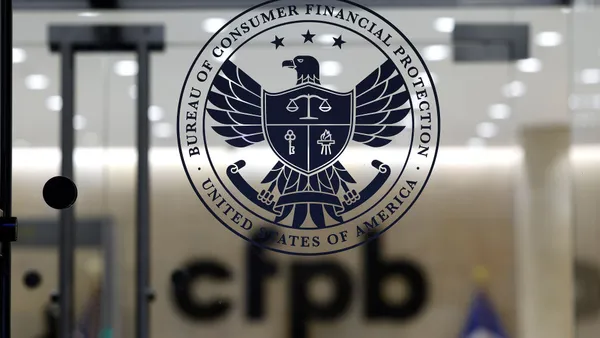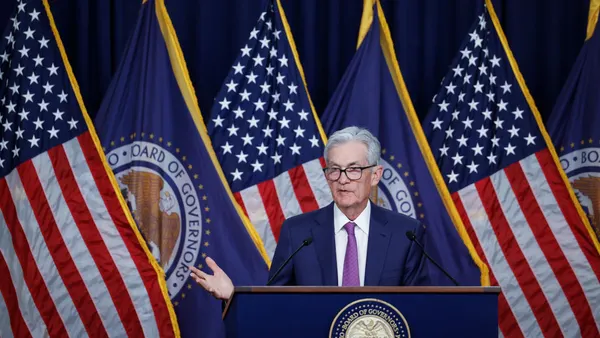A scathing report published Friday by the House Select Subcommittee on the Coronavirus Crisis illustrated the gulf in Paycheck Protection Program (PPP) loan application processing times at several large banks.
JPMorgan Chase processed PPP loans of more than $5 million in an average of 3.7 days, compared with more than 14 days for loans of less than $1 million, according to data the bank provided the panel. The bank processed applications from companies with more than 100 employees in 8.7 days on average, but took more than 14 days to process applicants with between five and 100 employees, the report showed.
The nation's largest bank is not alone.
PNC processed PPP loans of more than $5 million in an average of 11 days, compared with 22.4 days for loans between $100,000 and $1 million, and 26.8 days for loans under $100,000, according to the report. Applicants with more than 100 employees saw their loans processed in 15 days, on average, whereas businesses with five or fewer employees would have to wait 26.3 days.
Similarly, Truist processed loans greater than $5 million in 17.9 days on average, yet took 35.5 days to process loans under $100,000, the report showed. For businesses with more than 100 employees, the processing time stood at 19.5 days, compared with 33.5 days for applicants with five or fewer employees.
Loan processing times have served as a bone of contention — particularly among businesses that were left out of the $349 billion first round of PPP funds that ran out in 13 days after the program launched. Several small-business owners sued JPMorgan Chase, Wells Fargo, Bank of America and U.S. Bank in April, claiming the banks prioritized larger loans — because of the fees attached — rather than processing applicants on a first-come, first-served basis.
Guidance, or lack thereof
Friday's report — based on 30,000 pages of documents — reveals an email in which JPMorgan Chase's CEO of business banking, Jennifer Roberts, expresses concern over a Treasury Department push to fund existing banking clients first.
"Treasury would like for banks to go to their existing customer base as lenders will have all of the business information (payroll, etc.)," American Bankers Association CEO Rob Nichols wrote in an earlier email to several banking executives, adding the agency hoped this would get funding to borrowers faster.
"They are assuming that ‘payroll' is an easy thing for us to verify," Roberts wrote in an email to JPMorgan's head of U.S. government relations and head of corporate responsibility. "As we continue to state, we do not want to be in a position to verify anything.
"In addition, small businesses often have more than one bank, so even if a customer has a relationship with us, we can't guarantee that we have the payroll," Roberts continued.
PPP applicants need to verify that 60% of the funds they received through the program — 75% in PPP's early days — were used toward payroll for the loan to be ultimately forgiven.
"We encouraged all banks to offer loans to their existing small business customers, but no Treasury official ever suggested that banks should do so to the exclusion of new customers," a Treasury Department spokesperson told The Wall Street Journal on Friday. "The subcommittee's conclusion to the contrary is false and unsupported by its own record."
Nichols, at the ABA, released a statement Friday indicating the subcommittee's report "fails to capture a full and complete picture of the PPP program and the banking industry's significant efforts to make it a success."
"Banks of all sizes were always encouraged by the administration to process loans for both new and existing customers at the onset of the PPP program," Nichols said. "They were also encouraged to start processing loans as quickly as possible to support the deteriorating economy. To achieve that goal, many banks processed applications from existing borrowers first since they already had the necessary borrower information needed to meet regulatory requirements, including know-your-customer rules."
Different business units
Not every large bank saw a wide gap in processing times, according to the data they provided the panel. U.S. Bank indicated it allowed non-customers to apply for PPP loans through its online portal from the program's first day. Yet non-customers secured Small Business Administration (SBA) approval in an average of 15.33 days, compared with 16.68 days for existing customers, according to the report.
Banks that reported wide gaps in processing times often used distinct business units for different-sized applicants.
At JPMorgan, for example, the wholesale banking arm provided relationship managers who personally helped complete PPP applications for clients with more than $20 million in revenue. Those clients received PPP funding in 3.1 days, on average. The bank's business banking arm, however, required customers to complete their own online applications. Those clients received the funding in 14.9 days, on average, according to the report.
Likewise, PNC's corporate and institutional banking arm served the bank's largest customers and provided relationship managers, while its retail bank managed the majority of applications. The Pittsburgh-based lender processed loans from its corporate and institutional banking clients in 15 days on average, but took 27 days to process retail banking customers, the report found.
Other big banks saw less stark differences in a borrower's wait time between application and funding. U.S. Bank processed loans for applicants with more than 100 employees in 15.6 days, while single-employee applicants waited an average of 15.7 days. Bank of America processed loans for both groups of applicants in about 22 days, and single-employee applicants with Wells Fargo waited three days longer than the bank's largest applicants.
Three separate divisions managed Citi's PPP loans, but the bank told the subcommittee it didn't collect data that measured loan turnaround times.
Although the subcommittee said some lenders, including JPMorgan, said they processed loans from larger customers more quickly because the clients had a higher business acumen, "the staff's investigation casts doubt on that explanation," the report said.
Missing the mission
The report also faulted the Trump administration for failing to bolster the CARES Act's mission to prioritize borrowers in underserved and rural markets, including nonwhite- and women-owned businesses.
JPMorgan told the panel it "did not receive guidance from Treasury or the SBA on prioritizing loan applications benefiting underserved and rural markets," adding that because "there was almost daily guidance from SBA, the bank's expectation was that SBA or Treasury would have issued guidance on those areas if they felt it was necessary."
Citi, in an April presentation it shared with the panel, said "a policy of not taking non-customers might create heightened risk of disparate impact on minority and women-owned businesses."
The bank's head of U.S. retail banking said Citi was "sensitive to the perception of disparate impact on minorities," but "decided that it was better to serve partners through [minority depository institutions] and [community development financial institutions]," according to the report.
CDFIs and MDIs processed about 221,000 PPP loans worth $16.4 billion, accounting for 3.1% of the $525 billion that funneled through the program, the report found.
Treasury initially required lenders to have a historical lending volume of more than $50 million to participate in PPP — a threshold out of reach for many CDFIs and MDIs. The department later lowered the cutoff to $10 million. But, one CDFI told the panel, "CDFIs felt like an afterthought in PPP."
Further, it wasn't until June 15 that the SBA told lenders, in a tweet, to "redouble [their] efforts to assist eligible borrowers in underserved and disadvantaged communities before the upcoming #PaycheckProtection program application deadline of June 30." The program's deadline was later extended to Aug. 8.
"Anything coming out on June 15th is late with a June 30th expiration date," Wells Fargo's head of small business told subcommittee members in a July briefing, according to the report. None of the banks identified changes to their programs in response to the tweet.
JPMorgan, in fact, noted that favoring certain applicants based on the borrower's race or gender could put the bank at odds with the Equal Credit Opportunity Act and Regulation B, according to the report. Bank of America said it didn't collect demographic information from PPP applicants because of Regulation B.
The subcommittee laid out recommendations for Treasury and the SBA in case PPP is extended. The panel said the agencies should issue clear, detailed guidance so lenders can prioritize borrowers in underserved markets, and it pushed Treasury and the SBA to include a demographic questionnaire on PPP applications. The panel also urged the administration invest in CDFIs and MDIs to better include them in the process.
A Senate vote on additional PPP funds is expected Tuesday.



